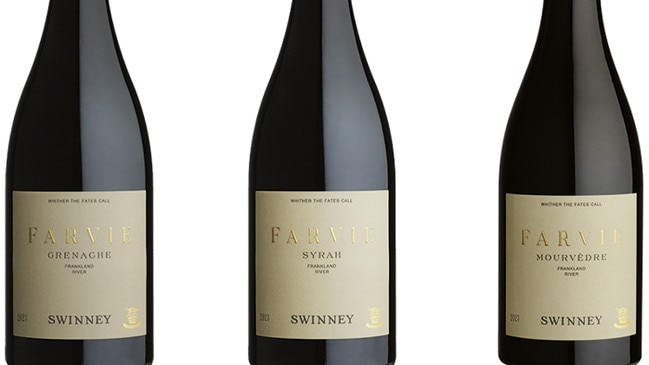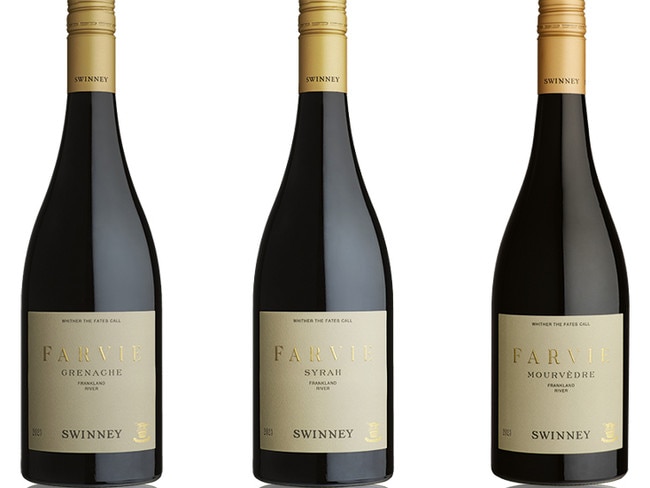He planted grapes that nobody had planted before. The results were magnificent
These top-tier wines, in just five vintages, have re-shaped the Australian wine landscape.

When Matt Swinney told people he was going to plant grenache and mourvèdre on the family farm in Frankland River, WA, the universal response was, “Why?” The region’s affinity for shiraz was already well established, but the other Rhone Valley stalwarts were not seriously considered. Swinney is quietly assured in his thinking, so the scepticism of others didn’t deter him. But one set of raised eyebrows gave him pause. They belonged to Dr John Gladstones, a man whose impact on WA’s wine industry is hard to overstate. Gladstones, who died last year at 92, first identified the viticultural potential of Margaret River in the ’60s. When Swinney commissioned a report from him in 2000, the results were as hoped. “A study of the Frankland River climate shows it to be very well suited to shiraz, with a theoretical expectation that it will produce cool-climate wine styles comparable to those of the upper Rhône but with greater reliability,” Gladstones wrote. “Few places so nearly match the theoretical ideal.”
But with his scientific rigour applied to the data, Gladstones could not share Swinney’s hopes for grenache, and didn’t even consider the stubborn, late-ripening mourvèdre. Swinney went ahead anyway, planting bush vines across rocky ridges on the property, allowing the kind of gut feel that develops in farming families across generations to prosecute the argument where science came up short.
The Swinney vineyard operation has become one of WA’s most significant, supplying to an impressive list of winemakers and keeping a tiny percentage of the production from key sites for their eponymous label. Their top-tier Farvie wines, in just five vintages, have re-shaped the Australian wine landscape, emphatically repaying Gladstones’ faith in Frankland River shiraz, and forcing their way into the conversation about the country’s best grenache and mourvèdre. In 2021, Gladstones re-wrote his report of two decades earlier, shaped partly by new data, but perhaps even more so by the persuasiveness of the wines. That’s testament to both the man and the wines.

FARVIE GRENACHE 2023
$150
Cherries, dark raspberries, a little balsamic, some boysenberry exoticism and ethereal
spices. Pure and deeply layered. A fragrant fleshiness up front, a plushness to the mid-
palate with exquisite gravelly tannins pushing through velvet sheaths to shape the wine and lengthen the finish. 13.8% alcohol, 98 points
FARVIE SYRAH 2023
$150
A little reductive at first, plum skin and salted licorice, pipe tobacco and beef broth. Black olive and boot polish. Savoury, tight, earthy. With time, black and blue berries emerge, and the wine takes on a little flesh as well. But a firm, ironstone spine remains. Incredible focus and precision. 13.7% alcohol, 97 points
FARVIE MOURVÈDRE.2023
$150
Licorice and blackberries, cassia bark and coal dust. Black pepper spice, boudin noir, spilled viscera. Pastrami on dark rye. A metalurgic core, something firm and ferrous at its heart. Fine but forthright gravelly tannin.
Unapologetically firm through the finish. A brooding beauty, a masterclass in allowing mourvèdre to tread the tightrope between the sacred and the profane.
13.8% alcohol, 98 points

To join the conversation, please log in. Don't have an account? Register
Join the conversation, you are commenting as Logout